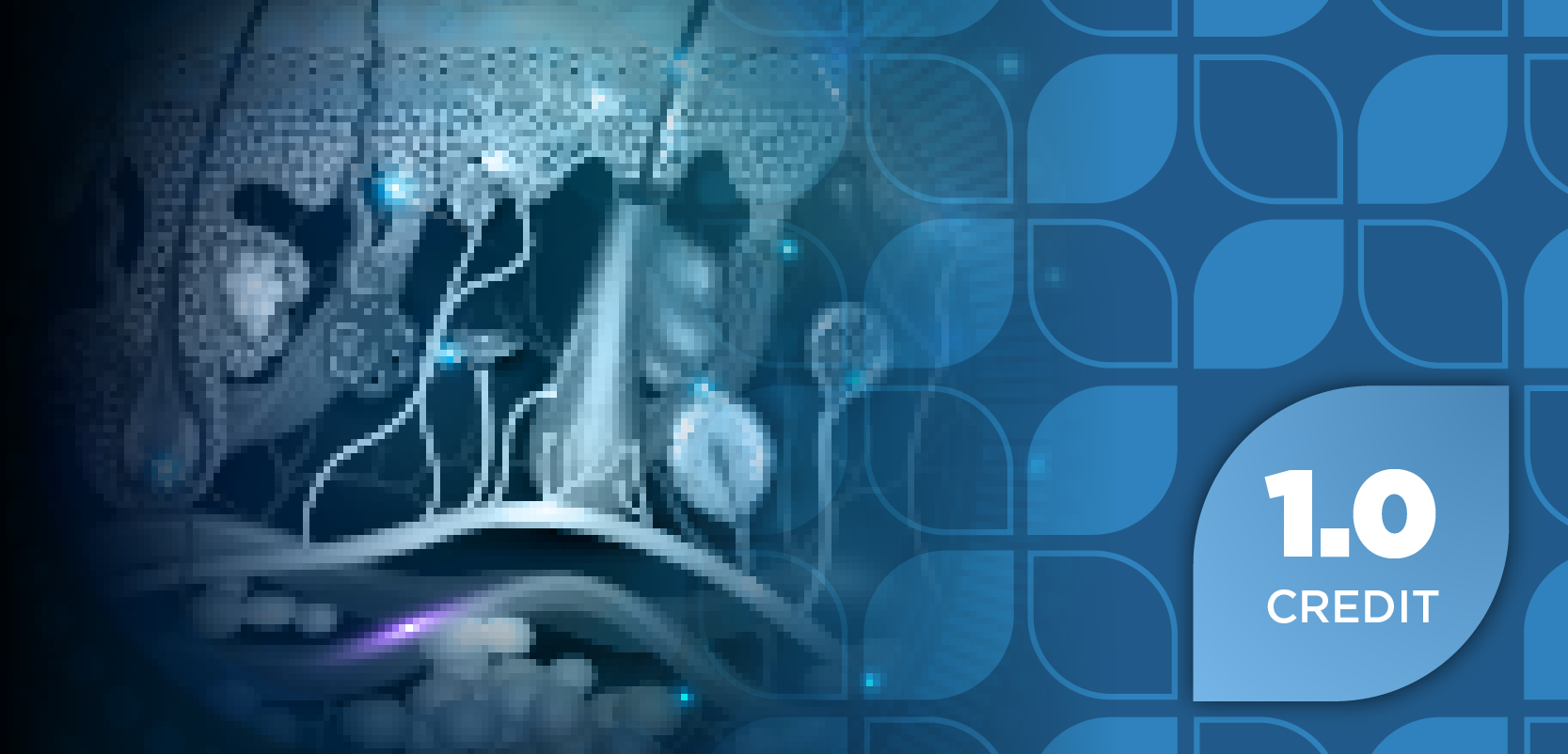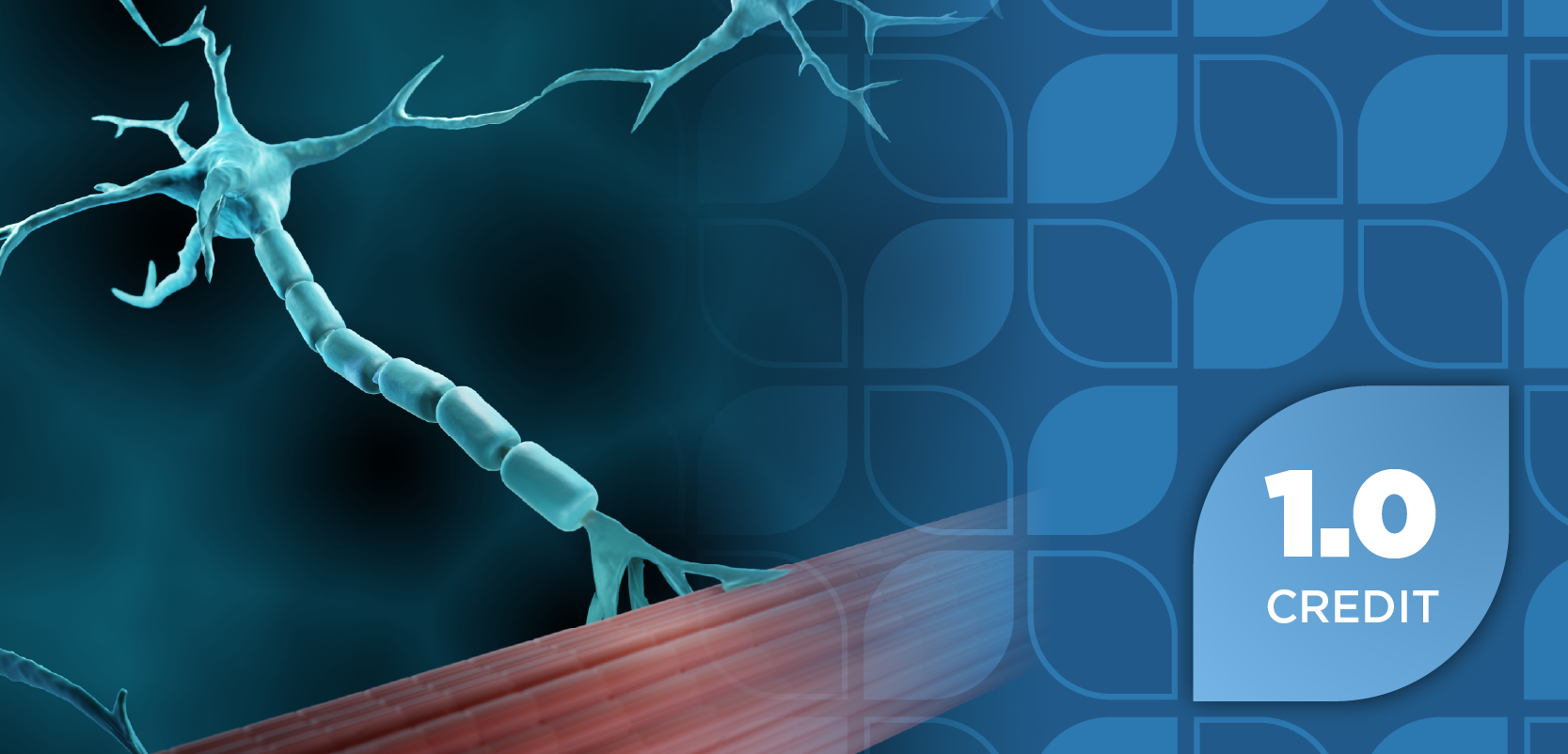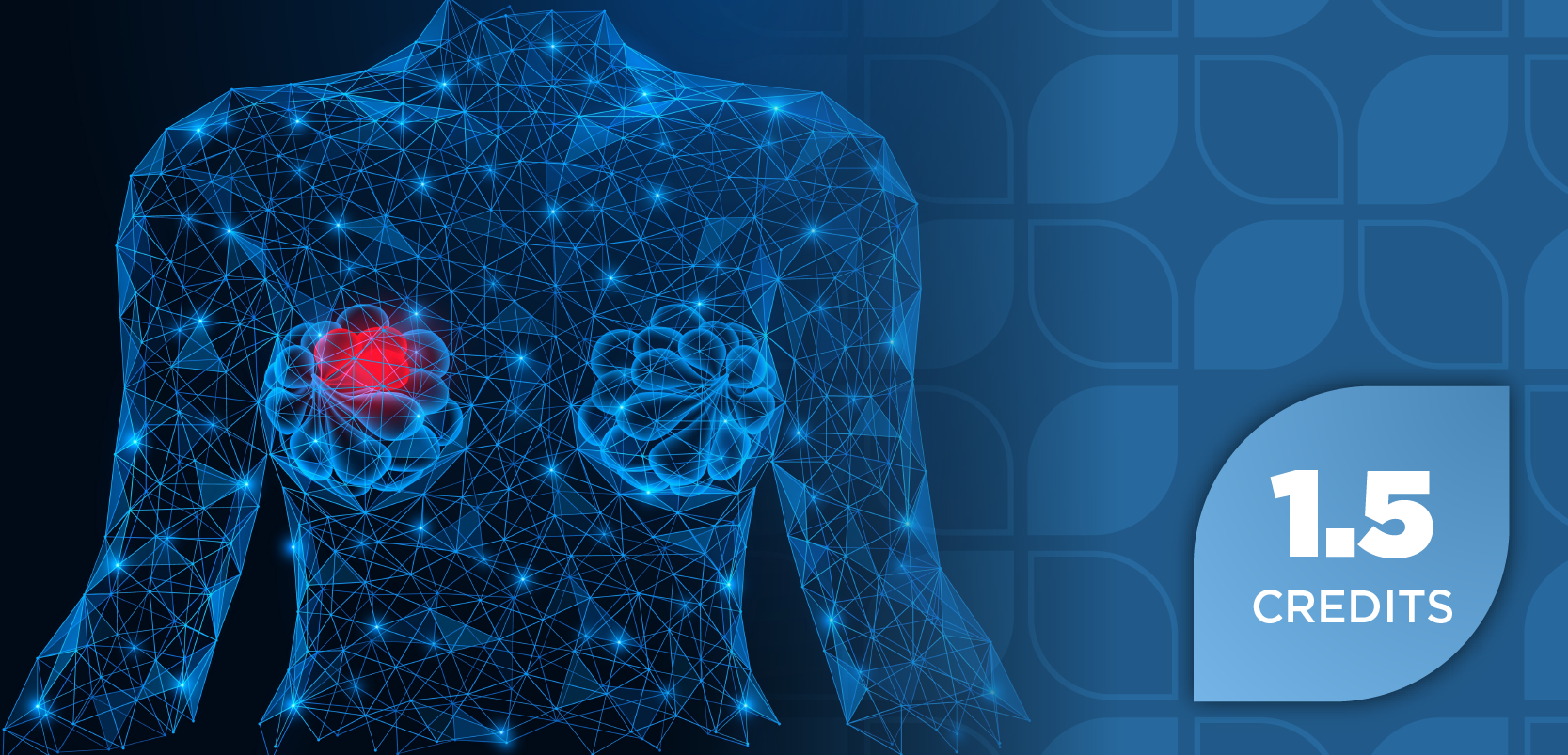|Videos|May 15, 2019
The Progression of Type 2 Diabetes and the Treatment Options to Manage It
Advertisement
Newsletter
Stay ahead of policy, cost, and value—subscribe to AJMC for expert insights at the intersection of clinical care and health economics.
Advertisement
Related Articles
 Eating Behaviors May Predict GLP-1 Therapy Success in Type 2 Diabetes
Eating Behaviors May Predict GLP-1 Therapy Success in Type 2 DiabetesSeptember 18th 2025
 Rapid Therapeutic Effects Seen With a JAK Inhibitor
Rapid Therapeutic Effects Seen With a JAK InhibitorSeptember 17th 2025
 SALT Scoring for Alopecia Areata
SALT Scoring for Alopecia AreataSeptember 17th 2025
 Assessing the Rising Prevalence of Early-Onset Type 2 Diabetes in the US
Assessing the Rising Prevalence of Early-Onset Type 2 Diabetes in the USSeptember 16th 2025
 The Potential Role of Screening for Atrial Fibrillation
The Potential Role of Screening for Atrial FibrillationSeptember 16th 2025
 Remote Patient Monitoring and Artificial Intelligence
Remote Patient Monitoring and Artificial IntelligenceSeptember 16th 2025
Latest CME
Advertisement
Advertisement
Trending on AJMC
1
Cumulative Atropine Not Associated With Increased Risk of Ocular Events in Children With Myopia
2
West Coast Health Alliance Releases First Vaccine Guidelines, Aiming to Replace CDC Recommendations
3
Hospitals in Underserved Communities Less Likely to Adopt Health Information Technology
4
Sotatercept Shows Right Heart Gains in PAH: Anjali Vaidya, MD
5


























































